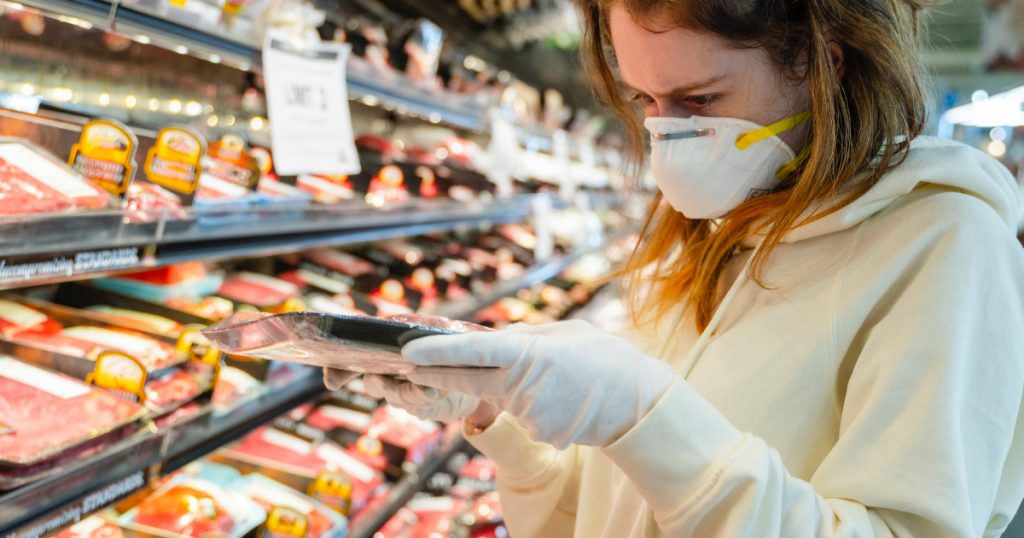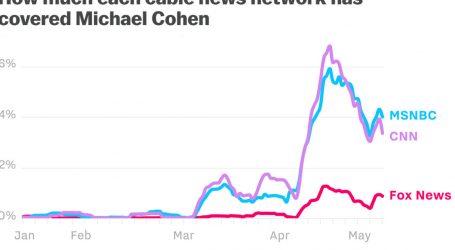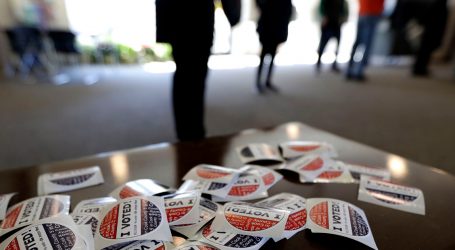Despite All the Fake Meat, Americans Are Still Gobbling Up the Real Stuff
Alex Potemkin/Getty
Let our journalists help you make sense of the noise: Subscribe to the Mother Jones Daily newsletter and get a recap of news that matters.These days, you can find faux beef at just about any national fast-food chain and supermarket meat case. Already wildly hyped in 2019, tech-backed burger analogues got a boost from the pandemic. As COVID-19 roared through meatpacking plants, sickening and killing workers and triggering shutdowns that briefly caused real-meat shortages, consumers loaded up on Impossible Burgers and various competing products. More recently, faux bird has landed, too: Walmart now peddles house-brand vegan “chick’n patties,” and KFC is trialing not-chicken nuggets developed by Beyond Meat.
But here’s a question: When will all this plant-based “meat” consumption start to curtail the US appetite for the real stuff? Americans lead the globe in carnivory, and the great bulk of our meat supply comes from massive confinement operations that spew greenhouse gases, pollute air in other ways, and foul water. Venture capital darlings like Impossible Foods may claim their ground legume patties—tweaked to look and taste like flesh—hold the key to enticing consumers to cut back.
But so far, there’s no sign of it.
The US Department of Agriculture just released 2020 numbers on meat consumption. For chicken, pork, and even beef—so far, the main target of Silicon Valley disruption—the per capita numbers have crept up since 2016, the year the Manhattan restaurant Momofuku Nishi served the first Impossible Burger.
Sure, tech-enhanced, hyper-realistic fake meat hasn’t been around long enough for any definitive judgment of its efficacy. Maybe it’ll eventually work. Or maybe Americans are treating the Impossible Burger like an amuse bouche—a palate-tickling prelude to a meaty meal.





